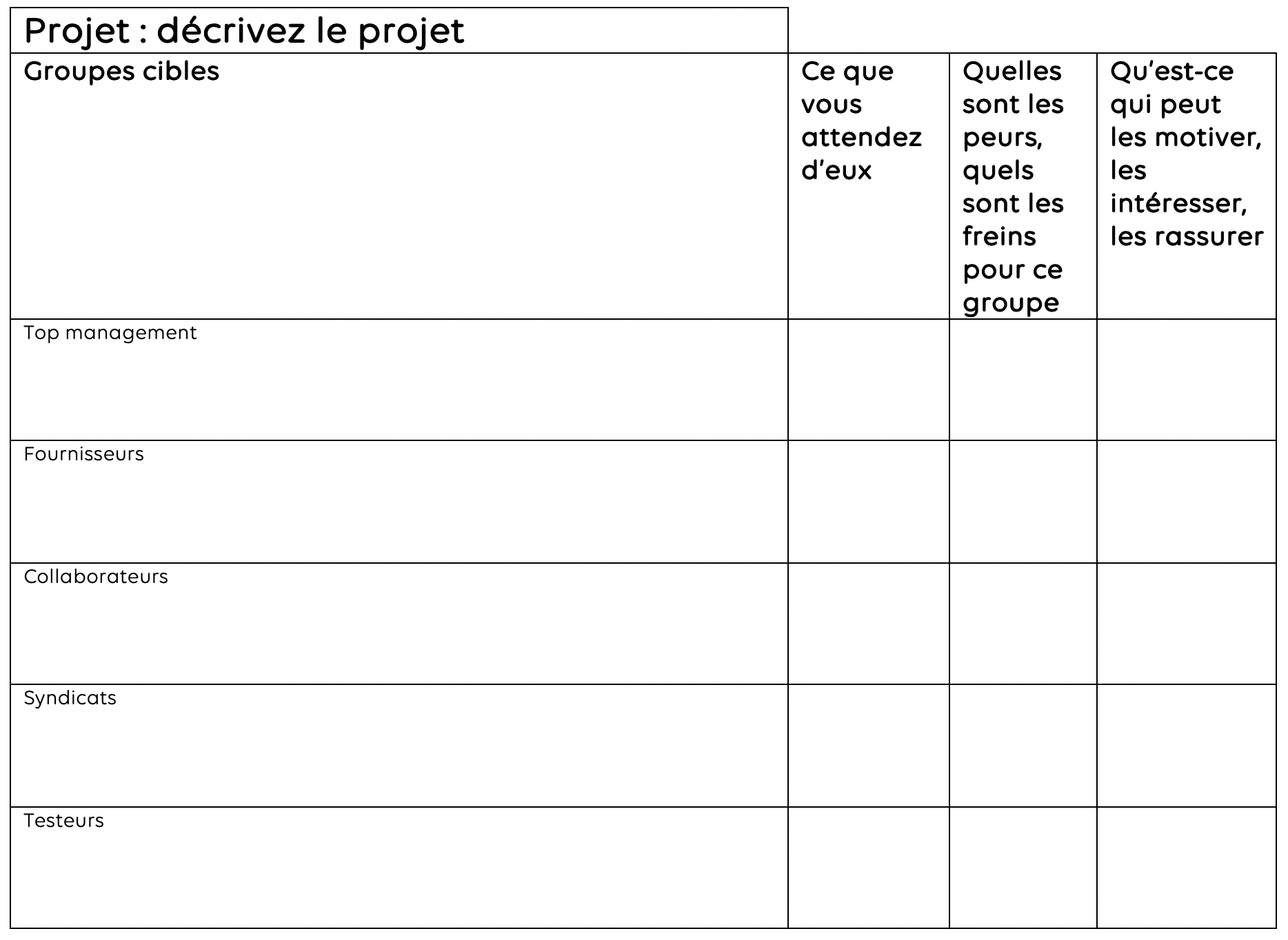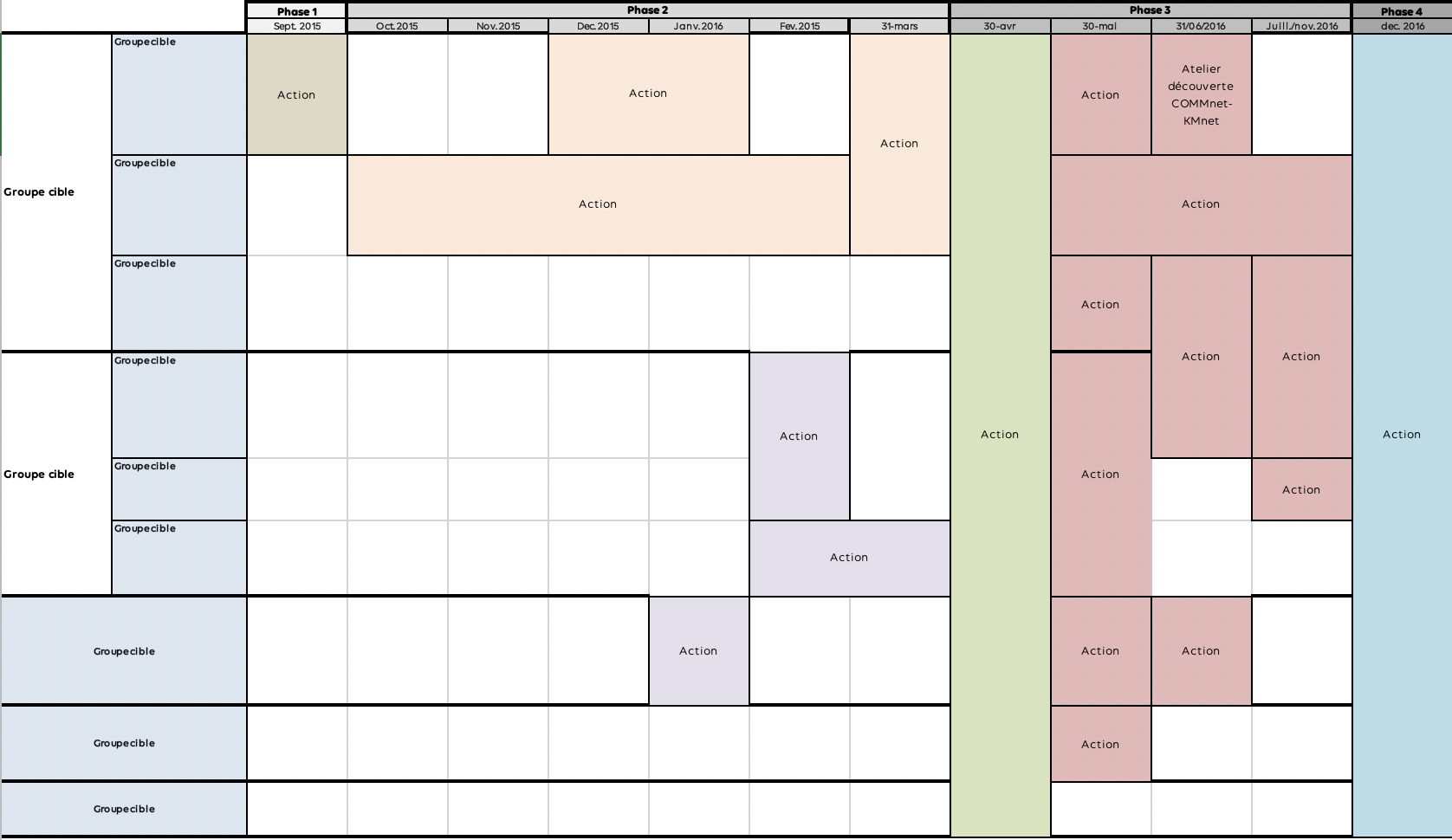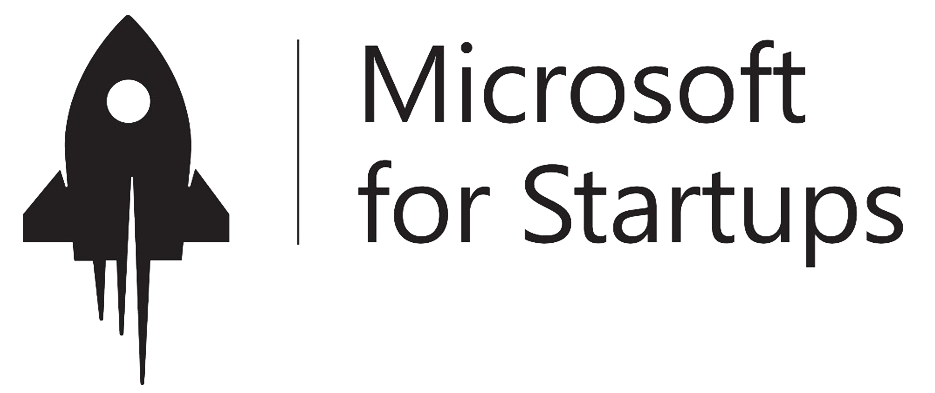18 Jun

How to communicate well around a project?
The objectives of project communication are to enable all stakeholders and your teams to have a common vision of the rationale and objectives of the project. It is necessary that all your collaborators are aligned, have the same level of information and can share their progress throughout the project. This is an important point of the project management to involve everyone in the project and reduce resistance to change.
Setting objectives, knowing your collaborators, their expectations, the risks they see in this new project, what they can gain, what they can lose… Making an effective communication plan is therefore about sharing the right information, to the right person, at the right time, in the right format and with the right support. It is not an easy task, but don’t panic, we will accompany you through the different stages of this work!
It’s a seven-step checklist:
- 1: Know the context of the project
- 2: Analyze the different groups of collaborators
- 3: Determine the objectives of your communication
- 4: Define which messages for which targets
- 5: Implementing the Action Plan
- 6: Monitoring results and adapting as you go along
- 7: Assess and debrief
1: Know the context of the project
This first step allows for a smooth transition between the project and its communication. This involves identifying the key elements of the project context that are useful for communication. To do this, work with a project manager who can help you understand the project.
This is when you will ask yourself who the different stakeholders are. What budget do you have for communication? How much time can you spend on it? Who can you count on? What resources will be available (human resources, budget, etc.)? What are the limits, the constraints, the opportunities? In short, this is where we take stock of the initial situation.
It will therefore be necessary to analyse the general context of your project, if you have already carried out a relatively similar project, you should think about taking into account the evaluation of the latter so as not to repeat the same mistakes. Next, you need to identify, list and analyse stakeholders. Take stock of your means and the limits or possible constraints.
Focus on stakeholders :
To get a good overview of the different stakeholders you need to identify them, know how they position themselves vis-à-vis the project and assess their degree of influence on the other stakeholders. To do this, start by listing the different stakeholder groups and assigning them a position vis-à-vis the project. There are 4 different positions :
– Ally : the ally is favorable to the project, and participates actively in this project
– Indifferent : he is not very sensitive to the project, he is rather passive
– Torn : he is rather favorable to the project, he is ready to discuss it
– Opponent : he is definitely against the project, and is not really ready to discuss it
The next step is to determine the degree of influence and importance of each of these stakeholders, is it very, somewhat or not very influential and is it very, somewhat or not very important?
Finally, whether or not these different stakeholders will be target groups for your communication.
To make this exercise simpler, work in a table format :
2: Analyze the different groups of collaborators
The aim of this step is to list the target groups, i.e. all the people or groups you want to reach with your communication about the project. The segmentation of your target groups allows you to have a more specific and effective communication, better adapted to the needs of each group.
So this is where you look for the different target groups, the consequences of the project for each of the different target groups. What do you expect from the target groups? What is the main barrier for this or that group?
You will therefore in this step have to analyse your target groups in depth and if necessary divide the target groups into subgroups, then try to list possible answers according to the fears and needs identified for each group.
Again, the simplest way to do this is in the form of a table:

You will therefore fill in the table taking into account your different target groups, what you expect from them, which may, on the other hand, hinder their adoption of the project. You can then prepare a response for each of the barriers raised.
3: Determine the objectives of your communication
It is in this step that you will determine the objectives of your communication, the results you want to achieve with your communication on the project in question. Your objectives must be specific and measurable with indicators (KPIs) that will clearly allow you to determine whether or not your results have been achieved. You will therefore try to find out what result you want to achieve with the project communication, you will check whether your objectives are formulated in a smart way and find out which indicators will allow you to check whether your objectives are being met.
Here again, the simplest way to do this is to use a board!

To fill out this table, highlight the different phases of the project, then indicate the main project communication objective related to each of these phases, specify which target(s) are concerned for each of these phases and then indicate how you will be able to measure that the identified objective is achieved whether by numbers (active user rate on a new tool for example) or by descriptions (change in behaviour for one of the targets for example).
4: Define which messages for which targets
In this step, you will have to define the messages that will have to be passed on to your collaborators. Your messages must be tailored to the needs of your target groups, so that your communication has a better impact. You should therefore try to find out what the content of your message is for each of the target groups. How will you best express it (words, pictures…)? You will also try to find out if your messages are clearly identifiable, if they correspond well to the needs of each of the targets. Will they meet your objectives? Do they remain consistent with each other? Try to define a global message, common to all targets.
To do this, favour a single, simple message per communication action and per target group. Identify the primary and secondary messages, ensure that the tone and language you use is appropriate for each target group and make sure that the messages are well known and used by all those who share them so that there is real consistency between them.
5: Implementing the Action Plan
This is the step that merges all the previous steps! Don’t take it all back: focus on what you think is most important!
You will therefore have to create in this step your communication planning !
The communication planning :
It is a table that will include all the aspects of each communication action planned. Different phases of the project, communication objectives, actions, dates, target groups, messages, channels, transmitters, frequency, person in charge… To make this work more visual, you can set up a communication plan, it is a general overview, in the form of a timeline, which will include all the communication actions.
Here is an example of a communication plan:
6: Monitoring results and adapting as you go along
Your project communication plan should evolve as the project progresses to adjust as needed.
With the people in charge of project management, project managers adjust your communication plan. Ask yourself if your communication is still relevant or if changes need to be made. To do so, you need to look for feedback. Think of weekly meetings or communication tools that encourage feedback from the field, questionnaires assigned to your employees involved in the project!
7: Assess and debrief
This last step, sometimes forgotten, is very important. This is where you evaluate the extent to which you have achieved your communication objectives. Did you achieve your objectives (totally, partially)? If not: where did your plan fail? How could you improve this in the future so that you don’t make the same mistakes again? Could you use the same method in the future for a project similar to the one you just finished?
To debrief your actions again, you can do it in table form !
Evaluate each of your actions based on what worked, what didn’t work and how you could generalize or correct that action for next time !
There you have it, you have all the cards in hand to communicate well around your project! Now you can ensure the buy-in, motivation and commitment of all your stakeholders!







